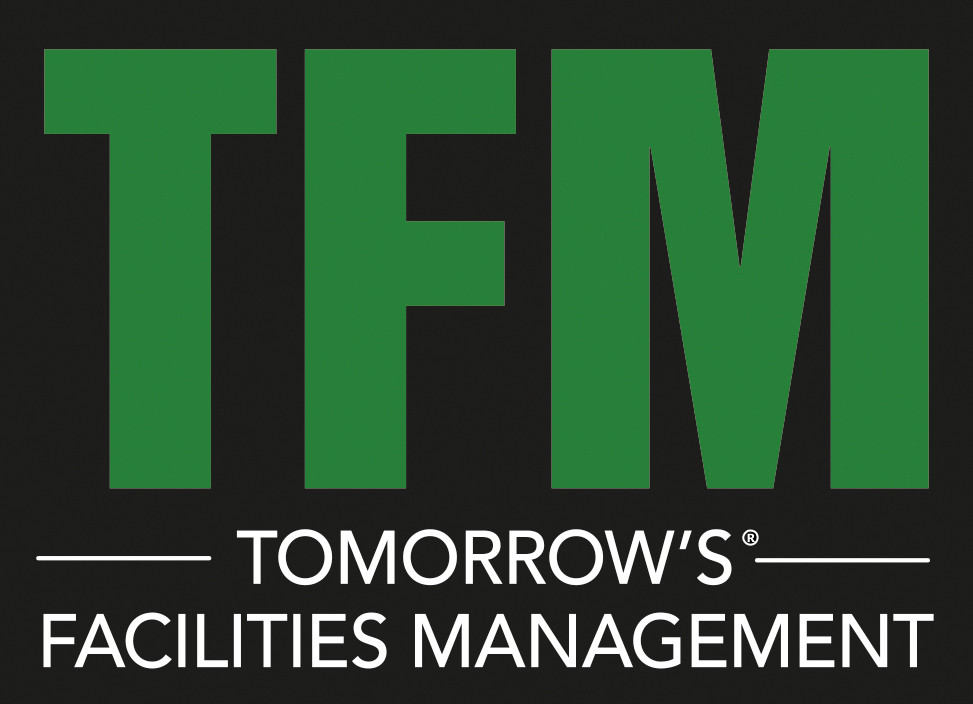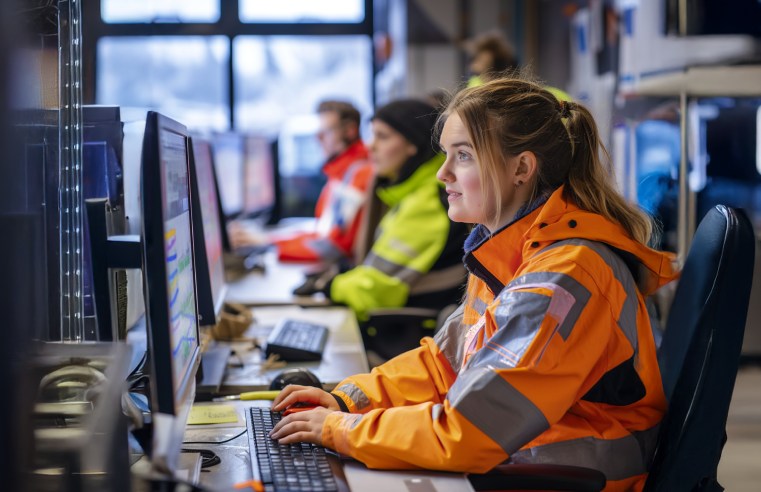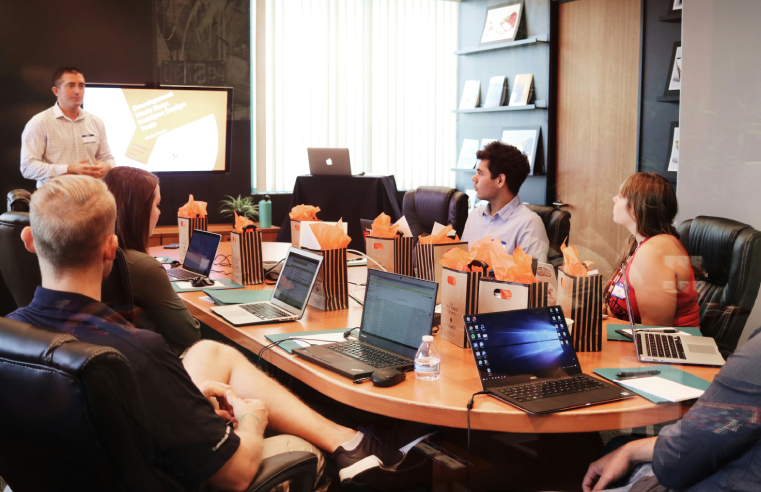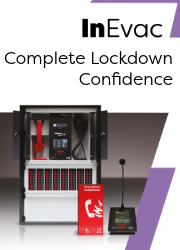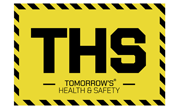As OUTCO’s winter services business celebrates its 20th year anniversary, Founder and CEO Jason Petsch, examines how technology is transforming how organisations control seasonal unpredictability
In the FM world we often hear talk about the transformational impacts of AI. While clearing snow, gritting or de-icing car parks can, on the face of things, appear to be low tech, the high risk nature of protecting businesses from accidents and litigation has made our sector an early adopter of AI tools. Where in the past winter gritting would be about laying down de-icing salt every night on a precautionary basis or – worse – scrambling to get a team out to handle an unexpectedly frosty morning, today’s winters are proactively managed through sophisticated weather models, algorithms and mobile networks. At OUTCO, we have pioneered an approach over the past 20 years in winter services that is now highly automated and highly dependent on AI decision making. Technology has been truly transformational and has been key to giving organisations greater certainty in the face of nature’s volatility.
While it’s fashionable to speak about artificial intelligence, AI tools are ultimately an evolution of last decade’s hyped technology – ‘Big Data’ which was the genesis of AI algorithms. Since day one, winter gritting services have been driven by weather forecasts so perhaps its unsurprising the sector has become so data-driven. After all, in aiming to predict highly complex weather systems, meteorology has always been at the cutting edge of fields such as supercomputing. As meteorological models have grown more advanced, commercial users of weather data have been able to apply this to better anticipate and respond to weather conditions. At OUTCO we have seen the quality and precision of this forecasting significantly increase and benefit from highly accurate forecasts of ground surface temperatures that are better able to predict frost.
This is how technology has transformed gritting from a low tech, best-effort trade into a data-driven discipline that helps organisations achieve health and safety compliance. Data has allowed us to act faster, anticipate better and target resources more accurately: using proprietary algorithms and AI in a real time environment, we can automatically activate a gritting or snow clearance service as soon as specific conditions are forecast. In the same way that so many businesses deploy just-in-time logistics, we bring this type of capability to achieve a 99.8% service success rate over more than 2.5 million jobs and counting.
All this is only possible thanks to the tools we use to interpret and employ data effectively – the intelligence part of AI: Our in-house NIMBUS system uses bespoke algorithms to make thousands of data points actionable. These include topological data from site surveys, records of past winters, real time weather conditions, and client-specific KPIs and risk profiles. This doesn’t just help to mitigate the safety risks on any given cold night but significantly reduces organisations’ long term financial risks. When used effectively, data lets us better understand the specific risk profile of clients’ sites, which makes it possible to offer fixed price contracts for the entire season. This ensures that costs don’t unpredictably spiral when the weather takes a turn for the worse. We have also seen a reported decline in related near miss accidents on our client sites.
Notably, the changes in our industry have been mirrored by the way our client’s businesses have been transformed. On the one hand, the shift towards a just-in-time world has meant that few businesses can afford downtime due to bad weather. Additionally, the world has become far more litigious: today’s FM professionals are very conscious of the liabilities of trips, slips and falls that can include criminal sanctions for breaches of health and safety law. Many clients require a very high level of assurance and transparency. The days of a gritting company leaving a sheet of paper saying they’ve visited are long gone. Instead, many organisations expect pre-service notifications delivered via app or web portal, real time service delivery notifications and meticulously detailed reports afterwards – all backed with GPS data. To further satisfy this demand for certainty, we also provide full liability protection to indemnify against risks.
So, has the notoriously unpredictable UK winter been tamed? Maybe that’s going too far. Although the past decade has given us tools to take on unpredictable weather, there are new risks emerging from our increasingly uncertain climate. According to Met Office data, UK winters are trending warmer because of global temperature rises (since the 1960s winters have warmed by around 1.7ºC on average). This might suggest that UK organisations will see less need to protect against snow and ice. However, the averages only tell part of the story as global warming is also bringing more extreme and unpredictable weather patterns. A key issue is that warmer average temperatures are disrupting the global weather systems like the polar vortex and jet stream that determine our weather. For example, as warmer conditions weaken the jet stream, we can see incredibly pronounced cold snaps as the UK is chilled by cold air from the Arctic and Northern Europe. In other words, we may experience winters that are on average warmer and wetter but punctuated by bursts of Siberian intensity.
At OUTCO, we believe the next two decades will be defined by how we learn to understand and respond to the changing climate. As well as drawing on the best meteorological data to keep risk profiles for sites up to date, more unpredictable weather will demand even greater agility and the ability to react faster to extreme conditions. An interesting question is whether those conditions might require a different fleet of vehicles or equipment to clear heavier snowfalls or whether the supply chain for de-icing products will have to adapt. Such questions are a reminder that AI, data and IT - while mission critical - ultimately supports a complex logistical operation that requires highly trained and dedicated staff that are working in the toughest conditions. Looking ahead to the next twenty years, one thing I can predict with certainty is that the human element will always matter...
…although some of the advances in robotics and drone technology are pretty extraordinary… Perhaps, we’ll have to revisit this discussion in five years instead.



